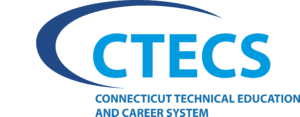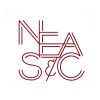Who is a Multilingual Learner?
A Multilingual Learner (MLL) is any student enrolled in Connecticut Technical Education and Career System in grades 9-12, whose dominant language is other than English, and whose proficiency in English is not sufficient to assure “equal educational opportunity” in the regular school program. In other words, a Multilingual Learner is a student who needs additional support in order to understand and fully participate in classes conducted in English. CTECS will determine if your child qualifies as a Multilingual Learner, per federal law, in order to provide them with the necessary additional support.
Our Program
CTECS’ vision is to be the primary pipeline for Connecticut’s skilled labor workforce. Through exemplary trade and academic programming, we prepare our students to meet the skilled workforce needs in Connecticut and for success in a global economy. Our Multilingual Learners (ML’s) are positioned to achieve that level of excellence. At CTECS, they will be uniquely prepared to enter a global economy with bilingual, trade and business skills and insights.
Our ML’s come to us from different backgrounds and experiences and our teachers foster a safe and positive learning environment with lessons that are socially, linguistically and culturally relevant to students.
TESOL and Bilingual certified teachers instruct students through the implementation of the English Language Development curriculum, assess their progress on LAS Links, scaffold instruction to support ML’s in their Career and Technical Education program and maintain student data on ELLevation, social-emotional scales and other resources as needed.
The English Language Development course is a Tier I instructional program to improve ML’s English proficiency. It is provided five times per week with decreasing frequency as the student becomes more independent in English. In addition, MLs have access to content academic instruction with appropriate support as part of our scheduling framework. CTECS’ goal is that MLs become proficient in English in academics and their Career Technical Education choice.


